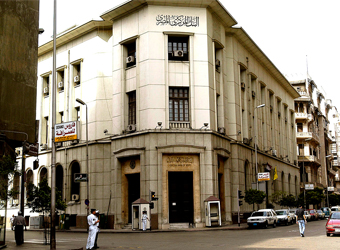Egypt’s foreign reserves rose $100 million by the end of March 2018 to reach $42.6 billion, compared to $42.5 billion by the end of February 2018, according to the Central Bank of Egypt (CBE).
The state’s foreign reserves started to rebound since the delivery of a $12 billion three-year International Monetary Fund loan program in 2016.
The IMF Executive Board approved in November 2016 a three-year Extended Fund Facility (EFT) loan to Egypt worth $12 billion to support its economic reform program.
In December 2017, Cairo received the third $2 billion tranche of its loan, bringing total disbursements to $6.08 billion.
While the $2 billion fourth tranche will be received by Cairo after concluding the program’s third review in June.
In February, the reserves passed $41 billion for the first time after Egypt received the proceeds from its recent Eurobond issuance, which amounted to $4 billion.
Egypt returned to the international bond markets on Feb. 14 by issuing Eurobonds worth $4 billion on three tranches; three, five and 30 years, the Finance Ministry said in a statement. 
The purchase requests exceeded $12 billion in the first few hours after the issuance despite the volatility of the international stock markets
Egypt had embarked on a bold economic reform program that included the introduction of taxes, such as the value-added tax (VAT), and cutting energy subsidies, with the aim of trimming the budget deficit.
The country has floated its currency in November 2016 before it clinched a $12 billion loan from the International Monetary Fund (IMF).
